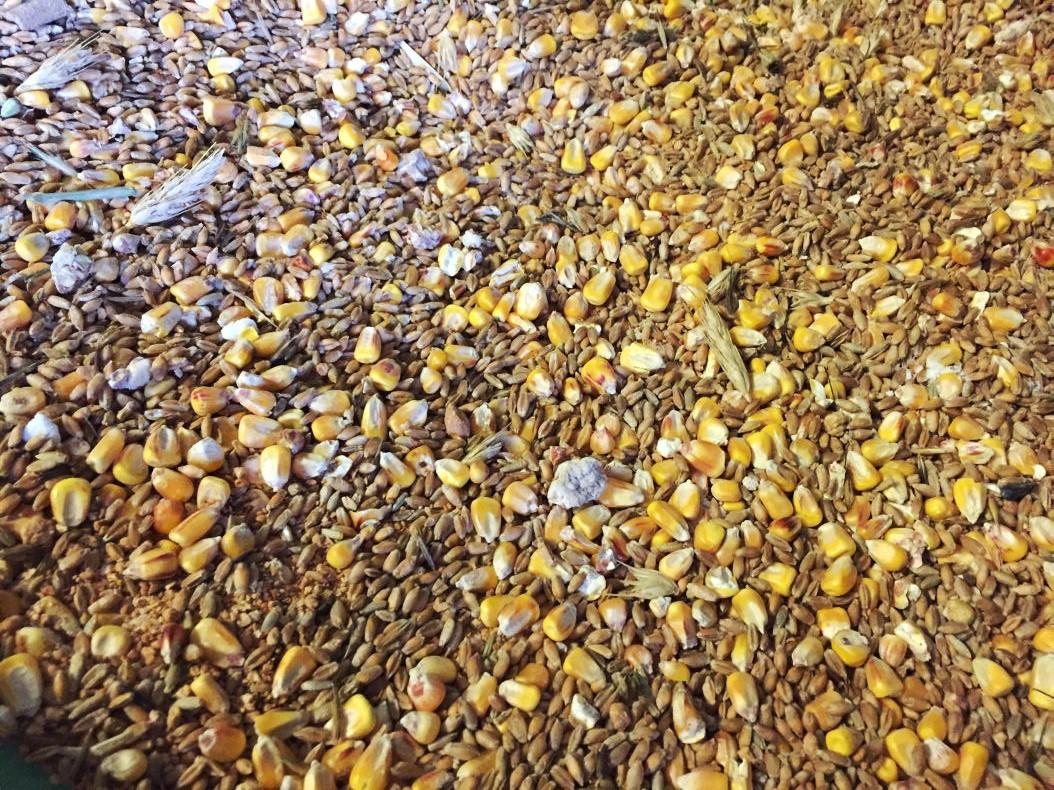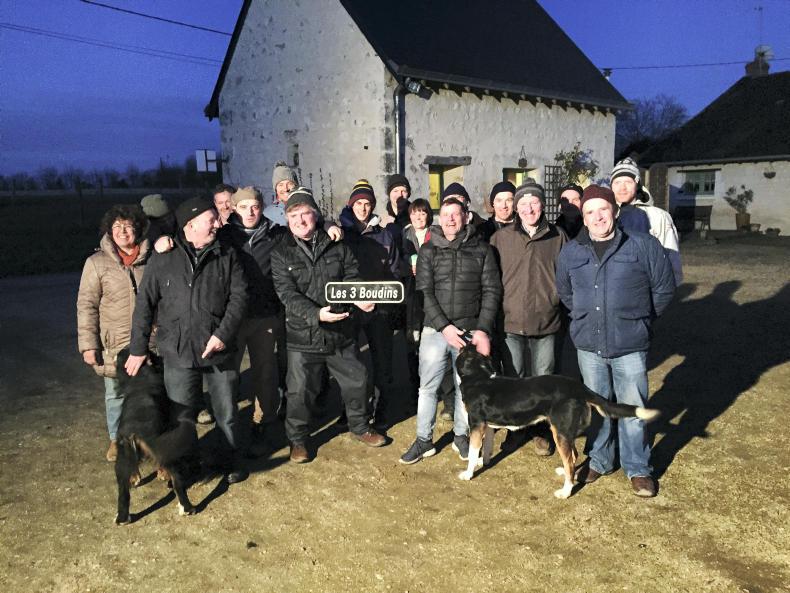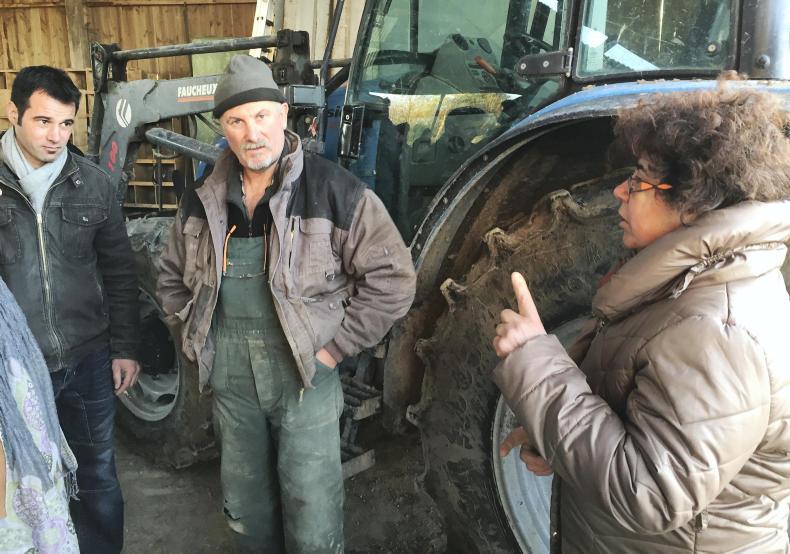Twenty years ago, Jean-Claude Moulinet lost his right hand in a farm accident. The intensive duck, rabbit and tillage Trois Boudins Farm he and his wife Isabelle were running on 80ha in Vernantes, western France, became unmanageable overnight.
With Jean-Claude’s labour input reduced, the family made radical decisions. Ducks had to go, and sheep were the best option to use the poultry shed and graze the adjacent poor fields where crops did not perform well. They now keep a small Rouge de l’Ouest flock, a breed native to this region.
They also switched from intensive rabbit breeding to a smaller finishing operation, with 2,000 young rabbits bought at five weeks and brought to slaughter at 11 weeks at the rate of 100 per week.
One thing that hasn’t changed is the farm’s membership of a CUMA machinery co-op to share the most expensive equipment with neighbours.
The downsized operation had to generate more profit per animal, so Jean-Claude and Isabelle set about maximising the value added inside the farmgate.
“This means a number of small business units,” said Jean-Claude.
1. Direct sales
The family converted a disused shed into a butchery and retail shop, and got a van that Jean-Claude drives to local food markets. They kill the rabbits themselves and employ a butcher one and a half days per week.
They stock products from other local farmers engaged in direct sales, who in turn offer the Moulinets’ meat to their own customers. They no longer deal with any factories or supermarkets.
“We are in control of the price,” said their son Aloïs, who recently moved home. “With factories, prices are good one day, not so good the next day – and these days, mostly not so good.”
2. High-end meat marketing
Both lambs and rabbits are finished to suit the local demand for meatier cuts.
“Our customers are country folk with a good appetite and taste for quality,” said Jean-Claude. Lambs are finished at 23kg carcase weight and rabbits at 1.8kg, instead of the 1.2kg commercial standard.
While they aren’t interested in the bureaucracy and costs involved in the organic label, the Moulinets know that French consumers are increasingly interested in GM-free and antibiotic-free food. They feed only home-grown or organic feed and have replaced the rabbits’ vaccines and antibiotics with strict biosecurity measures. Jean-Claude’s mantra is to offer “an exceptional product” that consumers will remember and promote through word of mouth.
“We favour quality over productivity,” he said.
The rabbits are the farm’s main source of income, retailing between €8/kg for whole rabbits and €20/kg for the most sophisticated pâtés and stuffed roasts prepared on-farm.
3. High-value crop utilisation

“We feed the sheep our own straight grains, no nuts,” said Jean-Claude, showing a mix of homegrown maize and triticale (pictured). Aside from the small pasture used only in spring, the rest of the land is sown in wheat and sunflower. The farm also produces maize and hemp seed.
4. Further diversification
Jean-Claude and Isabelle have renovated a small house on their farm and are renting it as a four-sleeper holiday cottage for up to €250 per week during peak holiday periods. After a career in sports and leisure centres, Aloïs retrained in butchery. Since moving back home, he has been planning an educational farm and garden area to accommodate school and family tours.
The members of the Kilnamartyra discussion group in Co Cork (pictured) visited the Trois Boudins Farm last week and were visibly impressed by the amount of diversification and added value generated on the farm.  However, they didn’t think the direct sales model could apply to their area, where the focus on dairying would result in all farmers offering similar products.
However, they didn’t think the direct sales model could apply to their area, where the focus on dairying would result in all farmers offering similar products.
They noted that one key factor in Jean-Claude and Isabelle’s success was the absence of other rabbit farmers in a 20km radius.
“The CUMA is the aspect that has the most potential in Ireland,” they said after visiting several farms using such machinery-sharing co-ops during the week.
Read more about CUMAs and their Irish potential in the coming weeks in the Irish Farmers Journal.






 This is a subscriber-only article
This is a subscriber-only article








SHARING OPTIONS: